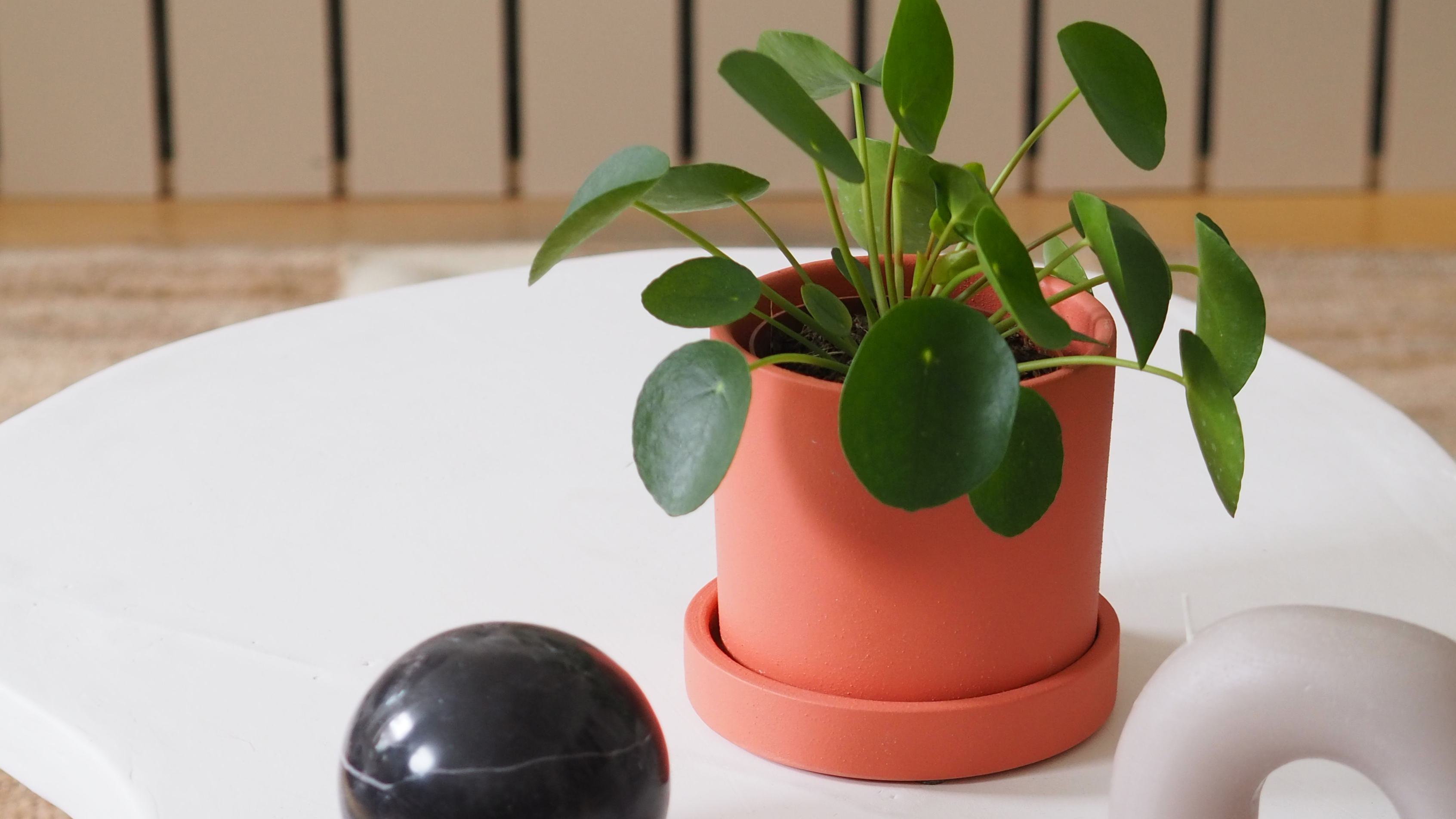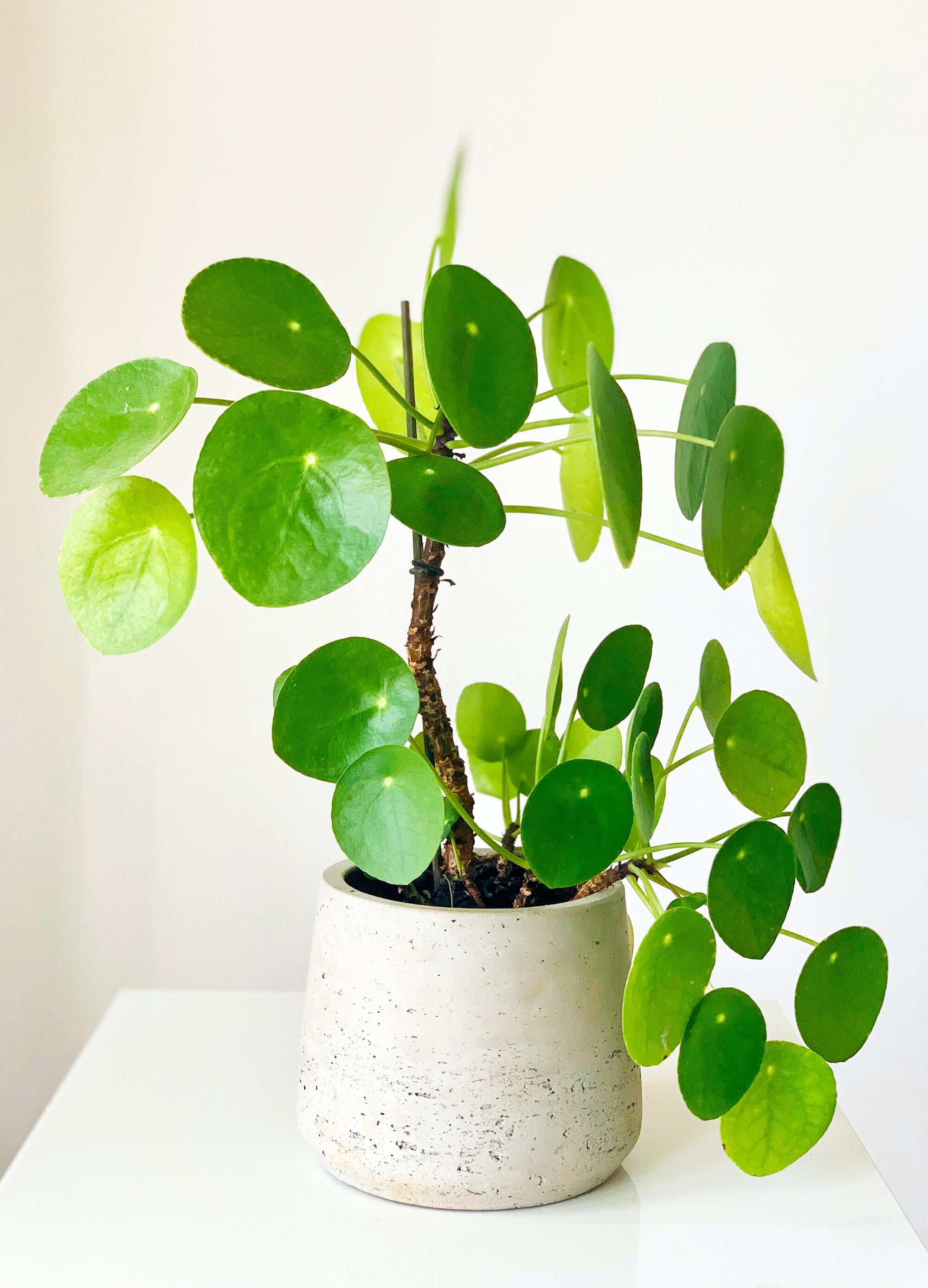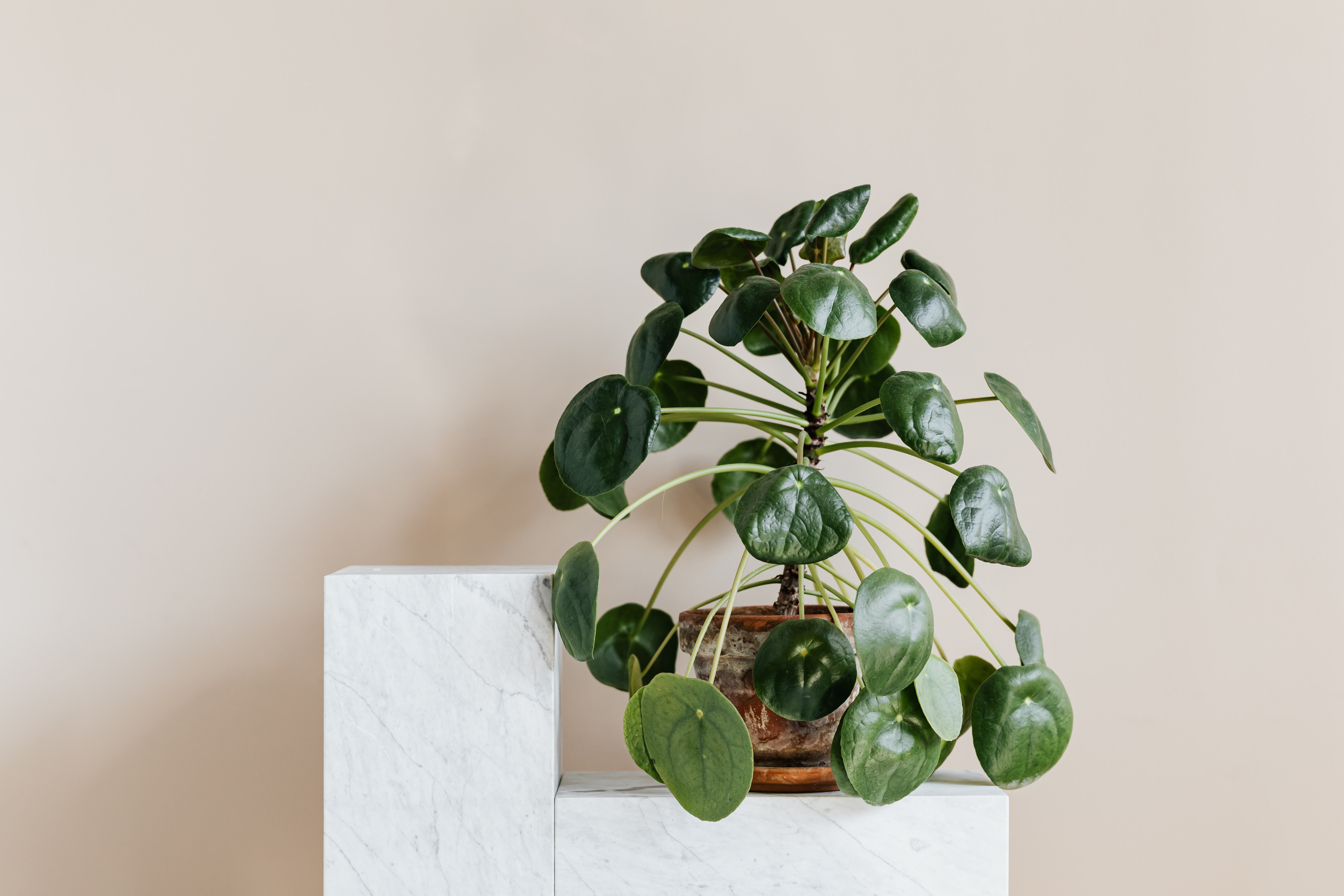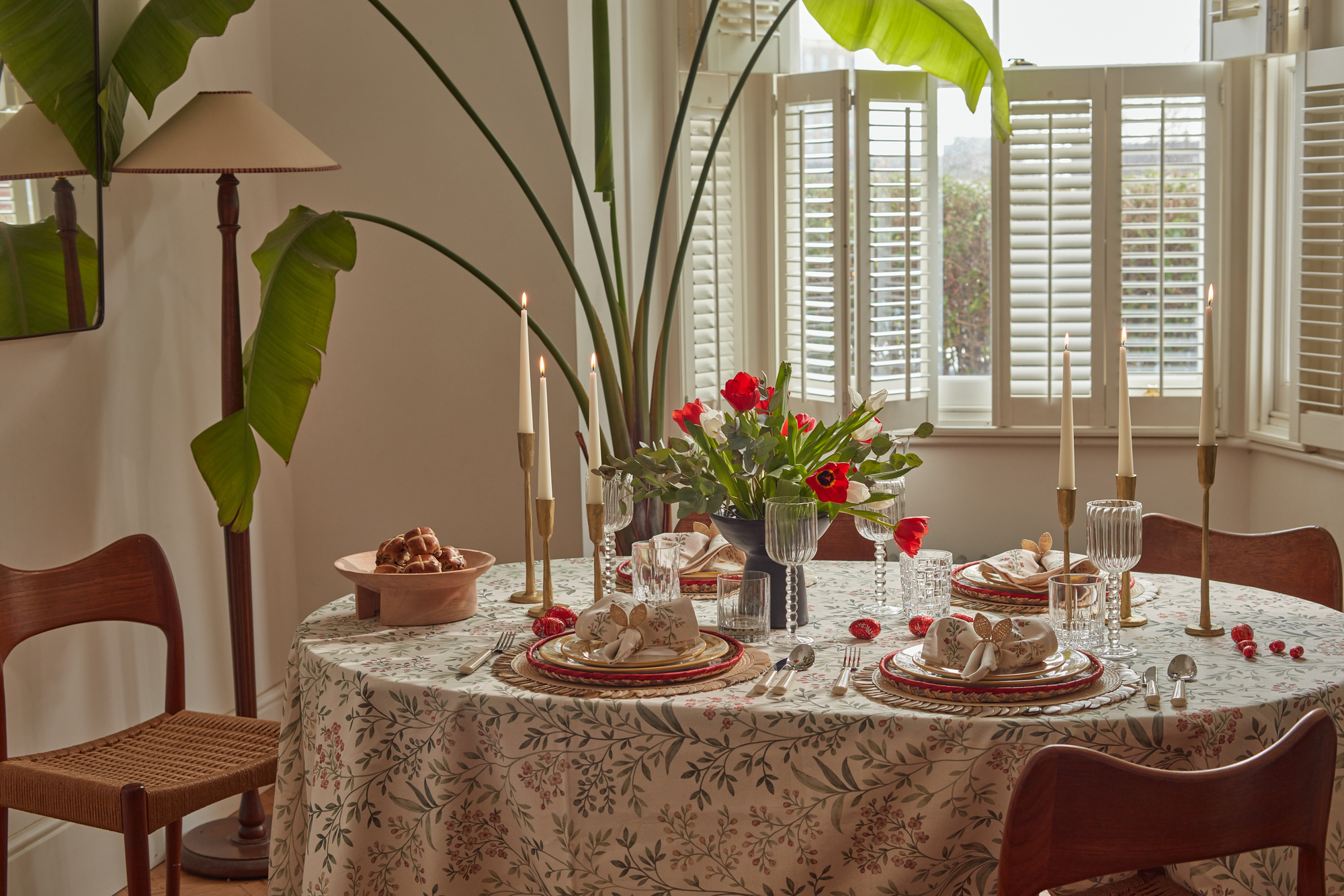How to care for a Chinese money plant, from watering advice to the best conditions
Master the art of Chinese money plant care to ensure your Pilea peperomioides thrives in your home


Chinese money plant care is relatively simple, making it an easy-to-grow plant that makes a nice addition to your interiors. Easy to propagate, they have gained popularity in recent years, with their recognisable medallion-shaped leaves giving them a cheery look.
Perhaps surprisingly, a Chinese money plant, also known as Pilea peperomioides, is a member of the nettle family. Originally, they hailed from Southwest China, where they were thought to bring good fortune to an owner. To this day, they are exchanged as gifts for new homeowners, and the tradition lives on.
They are one of the easier houseplants to look after, giving you impressive results with little effort, and therefore making them one of the best houseplants for beginners to purchase if you're a budding green fingered gardener looking to expand your houseplant collection. Read on for our guide to caring for your Chinese money plants.
How to care for your Chinese money plant

Looking after your Chinese money plant on the regular involves little maintenance. Remember to water it, keeping it in bright sunshine. 'Remember to turn your plant every few days to encourage even growth,' advises Richard Cheshire, plant doctor at Patch plants.
In terms of how often you should water your houseplant, give your money plant a drink when the soil feels dry. This will probably be weekly in summer and fortnightly in winter. 'You should also give your money plant a dose of liquid fertiliser every month or so in summer to help it grow,' says Richard. 'If you're lucky, it might pop out a flower.'
As with all your other houseplants, don't forget to wipe your Chinese money plant leaves down every now and then. 'Always remember to remove dust,' says Richard. 'This will help your plant photosynthesise.'
What conditions do Chinese money plants thrive in?
When it comes to sunshine levels, a Chinese money plant wants bright light that is indirect and not too scorching. 'Don't put it near a west-facing window where it will get the full brunt of the afternoon sun, but do put it somewhere bright,' says Camille Cimino, owner of Los Angeles-based Nature of Things landscape design company.
How to spot if your Chinese money plant is dying
One of the things that makes this plant easy to care for is that it will tell you when it needs more water. The leaves start to droop. 'Give it a thorough watering and allow the soil to drain out so its roots aren't sitting in water, and then don't water it again until the soil has had a chance to dry out. This plant does not want constant watering,' says Camille.
If your Chinese money plant's leaves or roots are turning brown and mushy, it may mean you are overwatering it. 'To combat this, let your plant dry out completely and pot it into fresh soil,' advises Richard.
If well maintained and the appropriate care advice followed, Chinese money plants are known to live in domestic environments for up to 15 years.

How do you propagate a Chinese money plant?
As far as propagating plants go, Chinese money plants are some of the easiest houseplants to propagate, latching onto water and growing roots within days. Simply take a cutting of the plant from the bark-like stem or at the root and pop in a small flute-shaped glass, with the greenery poking out of the top and the root firmly in water. Once you spot the white roots, it's time to put your money plant clipping in soil.
Propagating a Chinese money plant from a leaf doesn't often work, so you're best trying to get a root clipping. Sometimes, Chinese money plants grow smaller plants within the same pot. You can dig out these smaller plants and put these in water for propagating with ease, and it should be relatively easy to do, without relying on ore complicated techniques like air layering.
Be The First To Know
The Livingetc newsletters are your inside source for what’s shaping interiors now - and what’s next. Discover trend forecasts, smart style ideas, and curated shopping inspiration that brings design to life. Subscribe today and stay ahead of the curve.

Former content editor at Livingetc.com, Oonagh is an expert at spotting the interior trends that are making waves in the design world. She has written a mix of everything from home tours to news, long-form features to design idea pieces, as well as having frequently been featured in the monthly print magazine. She is the go-to for design advice in the home. Previously, she worked on a London property title, producing long-read interiors features, style pages and conducting interviews with a range of famous faces from the UK interiors scene, from Kit Kemp to Robert Kime. In doing so, she has developed a keen interest in London's historical architecture and the city's distinct tastemakers paving the way in the world of interiors.
-
 9 Easter Table Decor Ideas to Plan Now for Perfect Tablescapes This Season
9 Easter Table Decor Ideas to Plan Now for Perfect Tablescapes This SeasonFrom centerpieces and color schemes to tablecloths and seasonal themes, let these designer-approved ideas inspire your table styling this Easter
By Lilith Hudson Published
-
 How to Thrift a 1970s Furniture Aesthetic — Without It Looking Kitschy
How to Thrift a 1970s Furniture Aesthetic — Without It Looking KitschyThe secret to curating a stylish 70s aesthetic is by finding the real deal, and your best bet at that is thrifting secondhand — here's how
By Virginia Chamlee Published